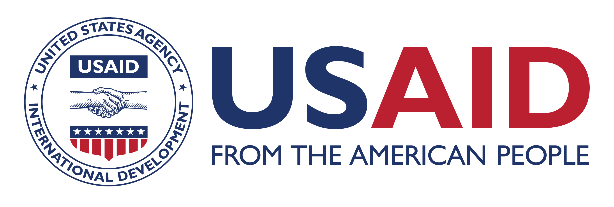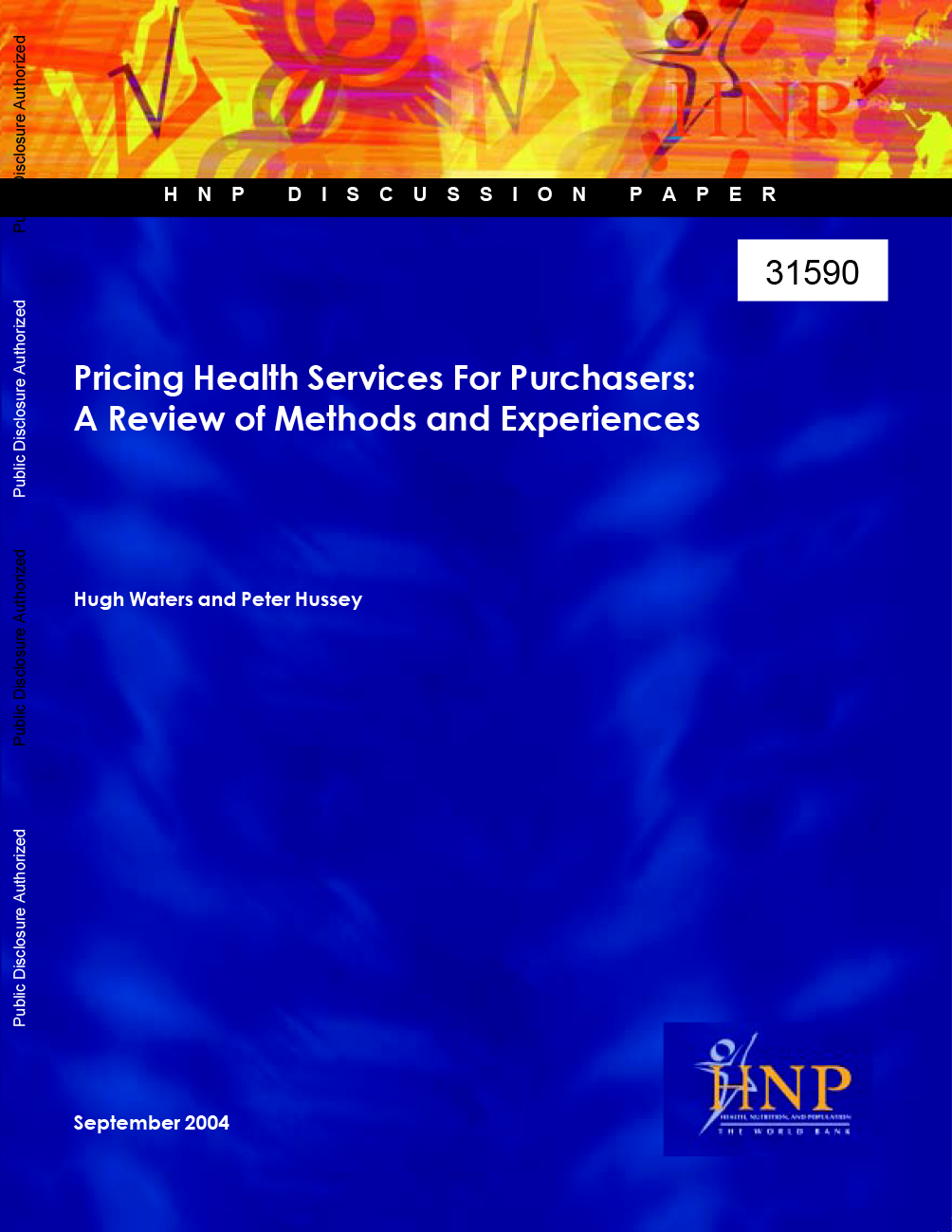
Resource Library
Pricing Health Services For Purchasers: A Review of Methods and Experiences
This paper reviews methodologies and international experience related to costing and pricing health services. Several factors affect the determination of the prices purchasers pay for health services. These include: the method of provider payment; the availability of information on costs, volumes, outcomes, and patient and provider characteristics; methods used to calculate providers' costs; and characteristics of purchasers and providers—including the regulatory environment, provider autonomy, negotiating power, and the degree of competition. The paper focuses on methods for setting levels of payment under different provider payment mechanisms. Line item and global budgets remain the most common reimbursement methods in developing countries. However, many of these countries are implementing mixed payment systems that have greater information demands. The principal payment types used in high-income countries—capitation, payments per case or diagnosis, and fee-for-service— are reviewed here, and implications for low- and middle-income countries discussed. To minimize incentives for under- or overutilization, prices that purchasers pay for health care services should be related to the unit costs of services. However, establishing the true unit cost of health services is complicated, and detailed data needed to correctly allocate indirect costs to the units of services are not generally available in developing countries. The organizational characteristics of health care providers and their relationships with purchasers strongly influence the way prices for health services are determined. Pertinent characteristics include provider autonomy, provider negotiating power, and the degree of competition. The principal constraint on the development of provider payments systems in developing countries is the limited availability of information on costs, volumes, and patient characteristics. However, international experiences reveal a variety of options for setting prices for health care purchasers in developing countries that are reforming their payment systems.
Resource Type : Other
Country :
Year : 2004-09-01T10:30:00
Language : English
Project : SHOPS


